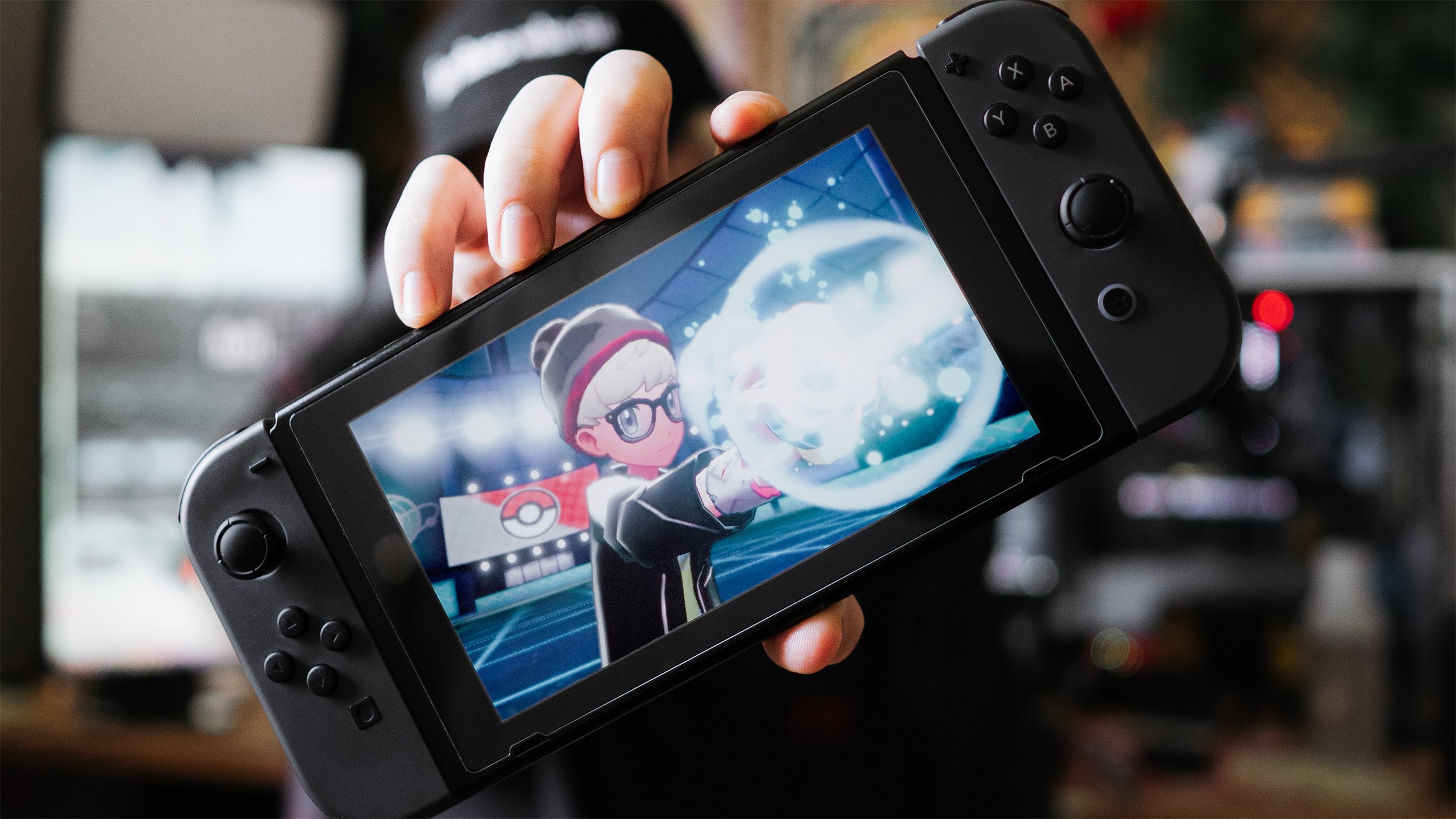
Accuracy vs Power
8min 53sec read
When do you want a more accurate move, and when do you want a higer power move? Lean about the tradeoff.
Written by Wolfe Glick
Teambuilding / Abstract Building Blocks
When you’re building a team, one of the decisions you have to make is which moves you’re going to give your Pokémon. Each Pokémon gets 4 moves for a total of 24 across the team, and these moves are quite important as they will be your primary way of actually playing the game. So how do you know which moves are the best to use?
Two of the factors influencing which moves you choose are move power and move accuracy. These aren’t mutually exclusive - a move can be both powerful and accurate, however most moves with high base power (in general above 95) have drawbacks, and many of those drawbacks come in the form of decreased accuracy. Some common examples include:
Thunderbolt (90 base power 100% accuracy) VS Thunder (110 base power 70% accuracy out of rain)
Flamethrower (90 base power 100% accuracy) VS Fire Blast (110 base power 85% accuracy)
Scald (80 base power 100% accuracy) VS Hydro Pump (110 base power 85% accuracy)
These moves are grouped together because they share a similar distribution, meaning most Pokémon that can learn the higher accuracy, safer move can also learn the less accurate and thus riskier version. So, how do you know which moves to choose for each Pokémon?
There are a couple philosophies when it comes to answering that question. Some players would tell you it depends on the damage calculations around the moves- if Fire Blast or Hydro Pump are necessary to pick up a knock out, then they are the right choice. Other players might argue that the higher base power move is better in general, or the higher accuracy move is better in general. There isn’t one right or wrong answer and if there were it would heavily depend on context, but for now I’ll tell you what I do.
EXAMPLE
Dragon-type special attackers, such as Duraludon and Hydreigon, often have a choice between Dragon Pulse, which has 100% accuracy, and Draco Meteor, which is stronger but only 90% accuracy. Most players prefer to run Draco Meteor alongside Protect and two coverage moves. However, when Draco Meteor is necessary, that move will miss 10% of the time. 10% might not sound like a lot, but you can easily play upwards of 30 games in any given tournament, and if you’re banking on hitting Draco Meteor to win you the game, that's an expected value of 3 games lost if you only use the move once per game.
In this Game 3 match in the Top 8 of Worlds 2012, Ray Rizzo faces off against Jumpei Yamamoto. The winner of the match will advance on to the Top 4 of the World Championships, while the loser will be eliminated. Ray is in a really bad position, and is very likely to lose the game, when Jumpei’s Salamence misses Draco Meteor, allowing Ray to win the set and subsequently the World Championships.
I personally recommend setting an accuracy threshold - a minimum accuracy you aren’t willing to go below. Some players are comfortable using low accuracy moves. I personally have a soft threshold at 90% accuracy - I don’t even like using moves that are 90% accurate, but I’ll use them begrudgingly, and I try never to go below that. Obviously with any rule there are exceptions - I will often use Will-O-Wisp despite it’s accuracy being only 85%. These personal rules are things you should experiment with and they may grow or change over time - they should be a loose set of guidelines that serve as a baseline when making a decision about a team.
Some common reasons to dip below your accuracy threshold include:
When a Pokémon has a more accurate version of a move already, such as Draco Meteor AND Dragon Pulse on the same Pokemon
If there is no real substitute for a move (or the substitute is significantly worse), such as Groudon’s Precipice Blades or the move Rock Slide in general
If you have a way of making a move more accurate such as Gravity + Hypnosis (or Z-Trick Room + Hypnosis in Generation 7), or Dynamax with inaccurate moves in Generation 8.
If you’re a high risk high reward player who is comfortable losing games due to missing moves with the trade off of more power when you hit (I don’t personally recommend this)
When your move isn’t often a move you rely on to win AND it can offer a big advantage when it lands such as Sleep Powder or to a lesser extent Will-O-Wisp
EXAMPLE
As we mentioned, sometimes a Pokemon has no real substitutes to an inaccurate move. As an offensive ground type move, most Groudon will run the move Precipice Blades. This move has a whopping 110 base power and hits both opposing Pokemon, but is only 85% accurate. You can shore up this shaky accuracy by being mindful when you choose to use Precipice Blades in battle, opting for your more accurate other moves (normally a fire move) when necessary, or by sacrificing a moveslot to run a weaker more accurate move like Stomping Tantrum. At the end of the day though, a Pokemon like Groudon will always be inherently susceptible to missing moves because there will be times you need to rely on Precipice Blades connecting. If the idea of losing a tournament because your moves missed is unbearable to you, I would recommend building around a Pokemon that is intrinsically more consistent.
Another example of this is often found on Venusaur. Venusaur is a powerful Pokemon in Sun thanks to its good offensive coverage, but its main selling point is its access to an extremely fast Sleep Powder. Sleep is one of the most debilitating status’ in the game, and it can easily swing matches when inflicted. The issue is that Sleep Powder (Venusaur's most accurate sleep inducing move) is only 75% accurate. Because sleep is such a big selling point of running Venusaur, nearly all players opt to use this inaccurate move because of how influential it can be despite the risk.
One reason why I try to only use very accurate moves is because of how inaccuracy plays out across a tournament. In a tournament you could play upwards of 30 games, and when you make a conservative estimate that you’re using your 90% move once per game, if hitting that move is make-or-break you can easily lose 3 games or more over the course of a tournament due to your inaccuracy. Of course, the more inaccurate moves you run, the higher the odds are of losing in a tournament due to one missing, and as you’re never sure when your moves will miss in preparation, it’s best in my opinion to minimize the risk in advance.
Despite my tirade against inaccuracy, there are some circumstances when a Pokémon has no other choice but to use a move that is inaccurate, primarily due to there being no good substitutes for the move on a certain Pokémon.
EXAMPLE
While Groudon technically had some substitutes for its inaccurate Precipice Blades, there are some Pokemon where they simply were not given any alternatives. One of the best examples here are the Rotom forms. Rotom-Wash only has access to one Water type move: Hydro Pump. Moreover, one of the primary reasons to use Rotom-Wash is the water typing, defensively and offensively. Rotom-Wash is a Pokemon that will always inherently have risk built into using it because it is not a Pokemon that will often see success without using Hydro Pump, and there are no perfect solutions to the 85% accurate move.
Ideally I’d personally prefer to avoid these Pokémon, but sometimes they are the best fit for a team. In using these Pokémon you should understand that you are accepting some additional inherent risk, and should try and bake in some stability when possible such as not clicking the inaccurate move unless completely necessary or adding an alternative option when possible. In general I would recommend trying to use Pokémon that don’t rely on inaccurate moves, as they are more consistent in the long run.
The tradeoff between move power and move accuracy is just one of many things to consider when building a team, though the choices you make will resonate throughout your games. Don’t be afraid to experiment with different moves to learn what you personally are comfortable with!

